The National Institute of Standards and Technology (NIST) defines blockchain as “tamper evident and tamper resistant digital ledgers implemented in a distributed fashion (i.e., without a central repository), usually without a central authority like a bank, company or government. At its basic level, it enables a community of users to record transactions in a shared ledger within that community, such that under normal operation of the blockchain network no transaction can be changed once published.” This article lists the benefits blockchain brings to the healthcare industry.
Blockchain comprises blocks linked or chained together by cryptographic signatures, each of which is called a hash, stored in shared ledgers and supported by a network of connected processes called nodes. Nodes maintain a copy of the entire chain, and are continually updated and kept in sync.
Blockchain technology has the potential to transform healthcare, placing the patient at the centre of the ecosystem and increasing the security, privacy and interoperability of health data. This technology could provide a new model for health information exchange (HIE) by making electronic medical records more efficient and secure. Blockchain applications in the healthcare industry span from health data exchange and identity management to the drug supply chain, and from insurance to personalised medicine. The European healthcare ecosystem, for example, faces difficult challenges, such as an ageing population, multi-morbidity, healthcare workforce shortages and the rising burden of preventable and non-communicable diseases. Therefore, it is important to explore blockchain as a new way to organise healthcare services and develop more resilient, accessible and effective quality care for European citizens.
Blockchain has many unique characteristics, three of which make it very useful for the healthcare and medical supply chain industry:
- Full traceability of any information on the blockchain
- Ability to ensure data has not been tampered with
- Enhanced security
But the advantages of blockchain need to go way beyond traceability and security. It should build trust, and support frontline staff in planning nursing care across clinical pathways, making sure outcomes are recorded, so that the administrative workload of nurses can be reduced significantly. The blockchain should give the same information to nurses about a patient, irrespective of where the former are located, in order to ensure continuity of the health service.
Optimisation of clinical pathways through blockchain and artificial intelligence (AI) will help to store nurses’ activities, as well as monitor the data that is continuously fed into the nursing care system so that they can plan daily activities better. A bidirectional flow of data between patients and authorised caretakers makes data accessible across healthcare networks, which is needed to make healthcare effective.
Some interesting initiatives have been launched to manage patients who suffer from chronic health issues, which combine distributed ledger technologies (DLT) with novel medical IoT devices (IoMT) to facilitate patient remote management and monitoring, as well as self-management. The adoption of IoMT can help improve the quality of care and reduce the occurrence of severe events, which might otherwise lead to hospitalisation, while at the same time reducing unnecessary visits to emergency rooms. The data coming from these devices needs to meet basic quality and safety criteria, which DLTs can help achieve.
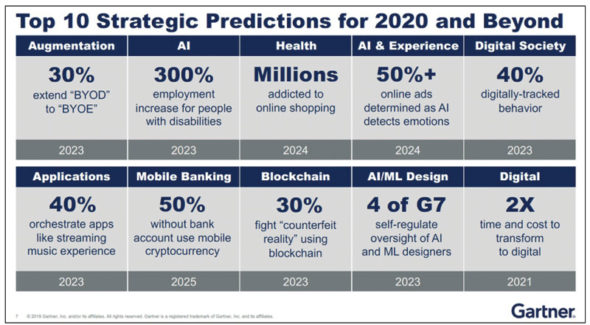
Use cases of blockchain in the healthcare industry
Since blockchain is immutable, distributed and decentralised, it is being explored for various use cases in the healthcare and medical services industries. As per Gartner, the current pandemic has catalysed the evolution of applications that can be built on blockchain for use in health services:
- It offers liquidity to expedite business transactions (such as purchase of medical devices) in case of a financial emergency.
- Improves trust in supply chain processing and helps track assets with high transparency.
- Digital document signing helps with processing of insurance claims.
- Enables zero touch payments.
- Cryptocurrencies can be used for supply chain activities.
Online shopping for medicines and medical supplies: In one of its Top 10 strategic predictions, Gartner Hype Cycle (a graphical representation of the perceived value of a technology trend or innovation) indicates that there has been at least a 30 per cent increase in blockchain solutions for healthcare.
Online shopping for medical supplies and medicines has increased a lot in the pandemic and requires validation of quantity, medicine type, permissions for drug consumption, etc. Hence, an approval process is inevitable to process such orders. In a blockchain platform, multiple nodes act as approvers and the transactions can be easily processed with the help of proof of work (PoW) or proof of stake (PoS) algorithms.
Active patient monitoring: Remote patient monitoring is a sought-after service in the healthcare industry. IoT enabled sensors can be implanted in patients for taking vital statistics like body temperature, oxygen level, pulse rate, heart rate and that information can be transmitted to remote hospitals.
With a blockchain based solution, we can implement smart contract-based solutions that send alerts in case of fluctuations in these readings so that hospitals can remotely take active measures to handle any emergency.
Processing of insurance claims: Real-time processing of medical insurance for patients is a tedious task as it involves verification of documents and invoices/bills, hospital reports, as well as insurance coverage and policy rules. Using the blockchain platform, we can enable multiple approvers across the nodes for digital document processing so that insurance claims can be settled with ease.
Electronic medical records: Sharing of electronic medical records (EMRs) and electronic health reports (EHRs) between different hospitals is a very important need being fulfilled by the blockchain platform. When patients are hospitalised, getting a report of their past ailments is important to proceed with diagnosis and further treatment.
This is a time-consuming task, as it needs collaboration between hospitals to transfer the required data and involves internal approvals as well. This can be achieved with a blockchain and IoT based solution, that can help search a patient’s medical records and treatment history, prescriptions given for previous ailments, etc. Action can then be taken to ensure that the entire EMR transmission is automated completely without compromising security while transmitting records to unauthorised parties by using blockchain based security services.
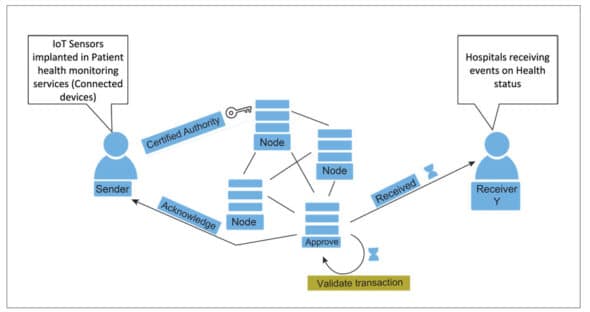
Challenges in the medical supply chain
Supply chain management is one of the biggest costs of healthcare providers. According to a Cardinal Health and SERMO Intelligence survey of 150 hospital decision-makers, it ranked as the second largest expense in 2015, with labour being the biggest cost. In 2020, however, it took the top spot, thanks to rising prices for overnight shipping, tighter operating margins, increased merger and acquisition activity, and an evolving regulatory landscape that rewards quality over volume. Today’s healthcare supply chain challenges are far reaching and majorly involve medical technology and equipment. The Cardinal Health/SERMO report estimated a US$ 5 billion loss across the global healthcare industry each year just because of high-value medical devices. Moreover, the integration of electronic health record (EHR) systems, including specialised solutions for fields like orthopaedics, makes the already complex IT systems even more unwieldy for many providers.
When prescription drugs, medical devices and other medical supplies fall into an optimised supply chain, healthcare providers see their costs lowered, their revenues enhanced and, most importantly, their quality of care improved. To optimise the supply chain, providers need to address the biggest challenges that they face.
Overnight shipping: In the healthcare industry, there is no debate about the necessity of overnight shipping. Unexpected situations occur and hospitals have a responsibility to address them—no matter what the cost. One or two overnight orders will not have a detrimental impact on a provider’s bottomline. However, when this occurs regularly—as it inevitably will—providers start seeing significant losses in their revenues. For example, FedEx will charge nearly US$ 100 to send a package weighing 20kg within a 250km radius. This cost will only escalate for further distances or heavier items. With better inventory software, providers can completely eliminate their overnight shipping costs that are caused by stock outs. While some emergency items may need to be overnighted on an occasional basis, the regularity of the situation will drop dramatically.
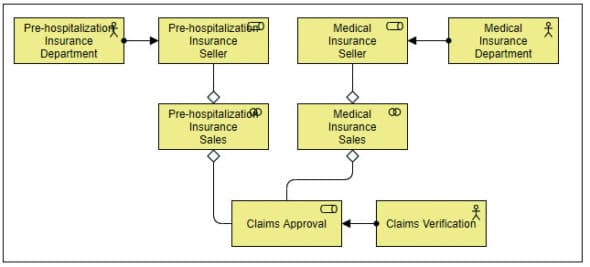
Hidden costs: Another challenge that healthcare providers face is the hidden cost of every product. Most providers have historically just looked at the product cost and the shipping cost. But there are additional expenses, such as inventory holding. Providers need to plan their budget around total landed supply costs. They need to be aware of the losses they will incur from the unavoidable aspect of expired products and excess supplies. They also need to look at product standards and the variations in purchase prices. This is where quality healthcare software comes in, as it can help providers take a more holistic approach to pricing their products, taking into account the costs associated with moving and managing supplies.
Shortage of drugs: Because of the unpredictability that is part and parcel of the healthcare industry, drug shortages are frequent. This can create a mess in the healthcare supply chain. It forces providers to either purchase alternatives that are much more expensive or maintain a comprehensive backup inventory of products that are at risk of being in short supply. This then leads to the added cost of inventory management and product expiration. The best option for dealing with this is the use of technology that assists with early notification and response, especially in the case of certain surgical agents, cardiovascular agents and IV fluids. The technology enables providers to more effectively manage and monitor the long-standing shortages of hundreds of drugs, and to be prepared for unforeseen shortages in other drugs.
Integration issues: Healthcare practices, facilities and hospitals are becoming more consolidated. Health systems are growing, merging and acquiring. As this happens, supply chains within these siloed yet merged organisations remain separate. Healthcare providers need to address this because inconsistency between these supply chains will negatively impact the bottomline. These supply chains need to be integrated. Purchasing channels need to be centralised. Facilities need to share contracts so that they can gain access to higher tier pricing. Without these adjustments, the supply chain will not be cost-effective and the processes that it contains will remain inefficient.
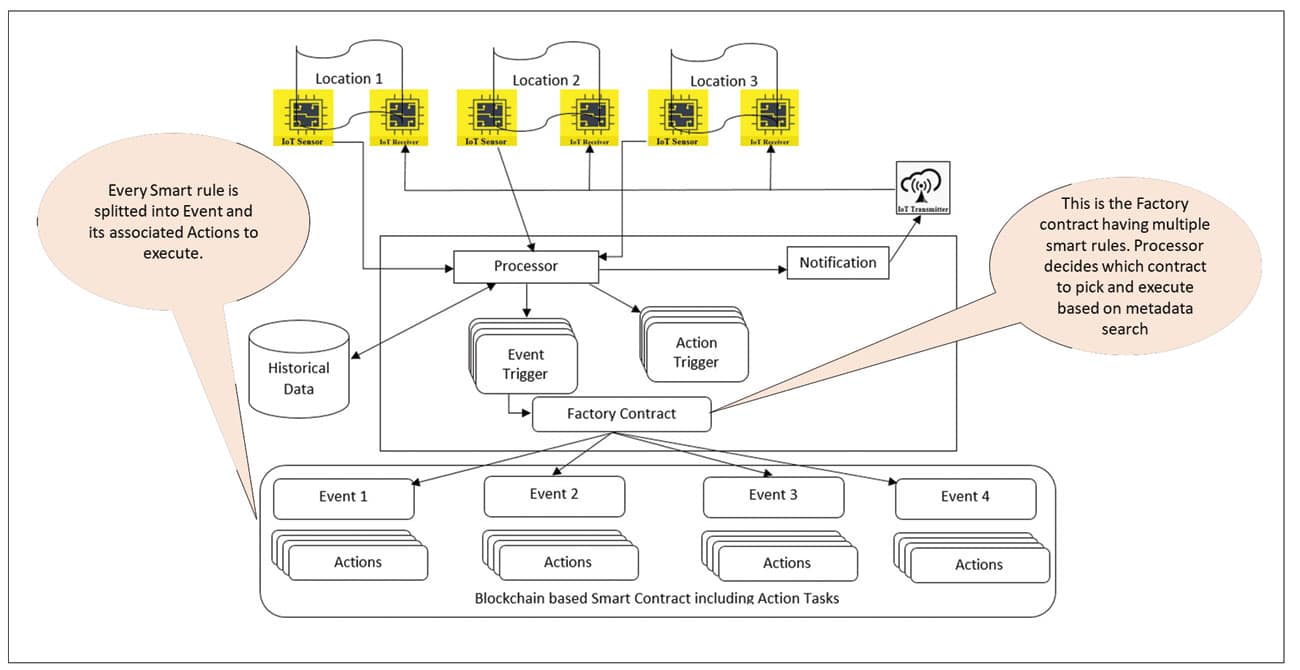
Variation in preferences: Different physicians and healthcare professionals have different preferences for the products that they use. Most organisations allow this to be the final say in purchases. Unfortunately, physician preferences are rarely tied to more successful outcomes and can often lead to cost variation. The fact is not that physicians do not care about the higher cost or that the product does not offer better patient outcomes. Rather, it is that they are unaware of the true cost of their choices. A study found that surgeons correctly estimate the cost of items just over one-fifth of the time. Helping physicians to understand the costs and the alternatives can help them find products that will offer comparable or better outcomes at a better price.
Poor workflow design: Throughout the healthcare supply chain, many processes are unnecessarily duplicated. The reason for this is that the systems and entities that make up the supply chain are disconnected. Many of the tasks can be automated and integrated in a way that will allow all participants to share information more freely.
The healthcare supply chain is complex and delicate. So, while these challenges can and should be addressed, it will take the right technology and solutions to do so.
Architecture of blockchain solution for the medical supply chain
Implementing a medical supply chain solution involves handling people (governance), processes (activities and information flow) and technology (using blockchain smart contracts to accelerate the workflow) using blockchain platforms. Typically, this can be designed with a permissioned, private blockchain platform to avoid the confusion between suppliers and customers when processing orders.
Sometimes, for rare and critical medical supplies, we need to design a hybrid or public blockchain platform so that new suppliers can be added quickly to it in order to process ad hoc supplies when there is a high demand or low availability of stocks with existing suppliers. For example, hand sanitisers and N95 masks had a huge demand during the initial three months of the pandemic, which required the inclusion of new suppliers for fulfilling this quickly.
How challenges to blockchain healthcare solutions can be addressed
According to Gartner, since the blockchain platform offers features like decentralised ledger copies, encryption and certification authority for data access, distributed roles and governance, token based transaction access and immutability of records, there are three kinds of blockchain based solutions that can be developed for the healthcare and medical supply chain.
Blockchain inspired solution: In this, a semi-automated blockchain solution is created to address distributed data sources, data encryption during rest and in transit, and immutability of transaction records.
Blockchain-complete solution: This is a blockchain based solution that addresses token-based transaction handling for higher security, decentralised ledger copies across the network, a distributed data source, data encryption during rest and in transition, and immutability of transaction records.
Enhanced blockchain solution: This can be an extension of the blockchain-complete solution by providing advanced technology support like AI/ML based analytics services for smart contract handling, IoT for data management, and self-sovereign identity (SSI) for improved security features.
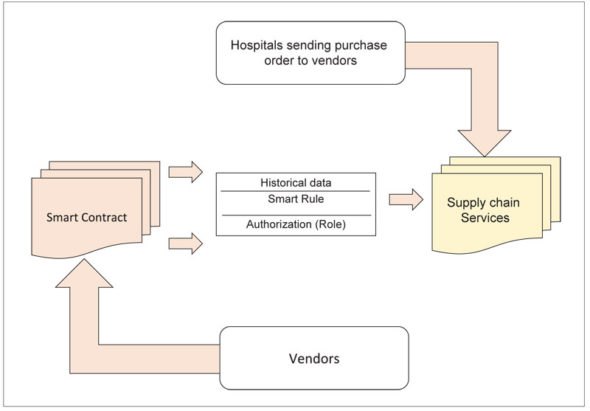
The impact and future of blockchain solutions in the healthcare industry
With the power of cloud based blockchain platforms like AWS blockchain, Azure blockchain services and BlockCloud platforms, issues like counterfeit drugs can be handled. When new drugs (medicines, vaccines, medical accessories) are designed, the supplier needs to add the product portfolio as a block to the blockchain network in order to make it available in the market and add it to the supply chain. Future use cases of the blockchain include handling relief operations during man-made or natural disasters, and remote consultations with a team of doctors who practice in different regions of the world.
Cloud based, agile, scalable and secure platforms that integrate quickly with multi-technology solutions are some of the features that will make blockchain solutions popular in the healthcare industry in the near future.









































































